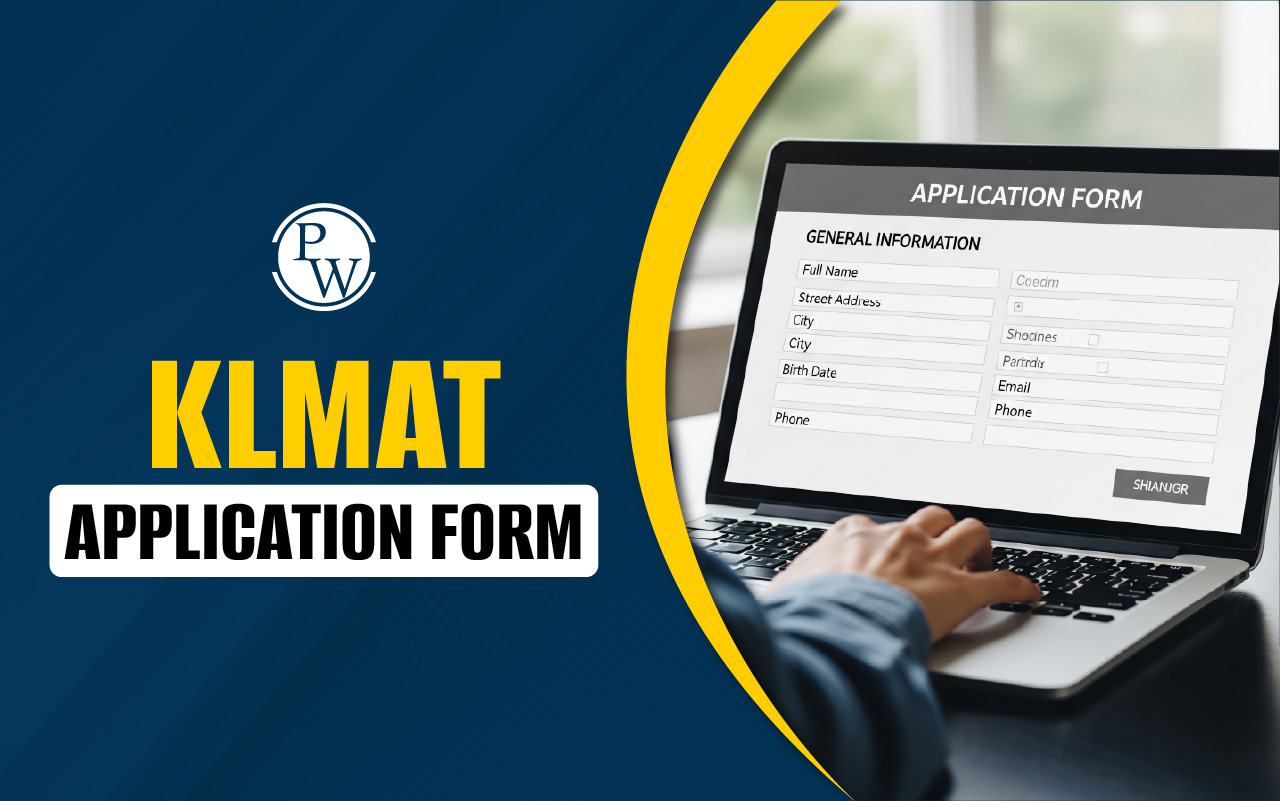

Data Interpretation (DI) has held immense significance in various entrance exams over the years, and its significance continues in the CAT exam. Understanding Data Interpretation can be challenging partly due to its lack of a specific syllabus. In this context, we offer valuable insights to help you conquer the Data Interpretation Section.
The Data Interpretation segment of the CAT exam assesses your ability to make informed decisions swiftly, making the most of the information at hand. Typically, these questions involve sizable datasets presented in forms like tables, pie-charts, line graphs, or even unconventional data displays. These questions often require substantial calculations, putting your approximation skills to the test. It's important to be prepared for these types of challenges in the exam. By mastering the art of interpreting data effectively, you'll not only excel in this section but also boost your overall CAT score, bringing you one step closer to your desired management program.CAT Data Interpretation Preparation: Overview
Preparing for the CAT (Common Admission Test) 2023 can be a daunting task, especially when it comes to the Data Interpretation (DI) section. Data Interpretation is an integral part of the CAT exam that evaluates your ability to analyze and interpret complex data sets quickly and accurately. Data Interpretation is a challenging yet crucial segment of the CAT exam. With the right CAT Data Interpretation preparation tips and dedicated practice, you can enhance your analytical abilities, improve your problem-solving speed, and perform exceptionally well in the CAT 2023. In this article, we will provide you with CAT Data Interpretation preparation tips that will help you tackle this section with confidence and excel in the CAT 2023.CAT Data Interpretation: Pattern
Data Interpretation Questions for CAT now appear in the second section of the IIM CAT exam. The DI questions in CAT 2023 are expected to follow the same pattern as in the previous year's CAT exam. CAT experts and successful candidates, who offer valuable CAT Data Interpretation Tricks & Tips, emphasize that the DI section is equally significant as the other two sections. This is underscored by the fact that the sectional cutoffs set by IIMs for the DILR section match those of the Quantitative and Verbal Ability sections. The structure of the Data Interpretation Section for CAT 2023 is also anticipated to maintain the current pattern.| Data Interpretation for CAT 2023 in DILR Section | DI 2023 Composition |
| Section Name | Data Interpretation and Logical Reasoning (DILR) |
| Total DILR Questions | 20-22 |
| Number of problems in Data Interpretation for CAT | 3-4 |
| Type of DI Questions for CAT | Questions are in sets of 3-4 based on DI problems |
| Total questions Based on Data Interpretation for CAT | 10-12 |
| Bifurcation of DI Based Questions | 8-10 MCQs 3-4 Non-MCQs |
| Questions in Data Interpretation Based On Time And Distance | Nil as the DI part is taken out of QA section |
| Total time to attempt DILR Section | 40 minutes |
| Marks for Each Correct Answer | +3 |
| Negative Marks for Each Wrong Answer | -1 |
| Difficulty Level of DI Questions | Moderate to High |
| Number of Data Interpretation questions with No-Negative Marking | 3-4 Non-MCQs |
| Best Data Interpretation for CAT Books | 1. How to prepare for Data Interpretation for CAT by Arun Sharma 2. Logical Reasoning and Data Interpretation for the CAT by Nishit K. Sinha |
| Data Interpretation For CAT Tutorial | CAT Data Interpretation & Logical Reasoning by Gautam Puri |
Also Read: How To Prepare For CAT Exam In 3 Months?
CAT Data Interpretation Preparation Tips
1. Grasp the Basics of Data Interpretation
Before diving into complex data sets, ensure you have a strong grasp of basic concepts. Understand different types of graphs, charts, and tables commonly used in data representation. This foundational knowledge will help you interpret more complex visuals during the exam.2. Practice Regularly
Practice is the key to mastering Data Interpretation. Dedicate a significant portion of your study time to solving DI problems from previous CAT papers and other relevant sources. As you practice, you'll become familiar with the types of questions commonly asked and develop effective problem-solving strategies.3. Develop Rapid Calculation Skills
Data Interpretation questions often involve calculations that need to be performed quickly. Brush up on your mental math skills and practice shortcuts for calculations to save time during the exam. This skill will prove invaluable in managing time constraints effectively.4. Learn to Identify Key Information
In a clutter of data, identifying the crucial information is essential. Focus on understanding the labels, units, and scale of the graphs or tables. This will help you extract the necessary data points and make accurate calculations.5. Enhance Your Data Visualization Skills
Improve your ability to mentally visualize data from different perspectives. Train yourself to see trends, patterns, and outliers in the data presented. This skill will enable you to make more informed decisions while solving DI problems.6. Solve a Variety of Problems
Expose yourself to a variety of DI problems that cover different sectors like business, economics, science, and more. This will broaden your understanding of various contexts in which data interpretation is applied and enhance your adaptability during the exam.7. Time Management
Effective time management is crucial in the CAT exam. Allocate a specific time limit to each DI problem while practicing. As you gain more experience, you'll develop an intuitive sense of how to allocate time to different questions based on their complexity.8. Practice with Mock Tests
Engage in full-length mock tests designed to simulate the actual CAT exam environment. Mock tests not only assess your readiness but also help you get accustomed to the exam's pacing and pressure. Analyze your performance in these tests to identify areas for improvement.9. Review and Learn from Mistakes
After each practice session and mock test, review your answers and understand where you went wrong. Learning from your mistakes is crucial for improvement. Focus on the questions that tripped you up and work on refining your approach to similar problems.10. Stay Calm and Confident
Approach the Data Interpretation section with a calm and confident mindset. Panicking under pressure can hinder your performance. Remember that consistent practice and preparation have equipped you with the necessary skills to excel in this section.Data Interpretation for CAT FAQs
Q1. What is the significance of Data Interpretation in the CAT exam? Ans. Data Interpretation evaluates your ability to analyze complex data sets and make informed decisions quickly, a vital skill in management roles. Q2. How can I prepare effectively for the Data Interpretation section? Ans. To prepare well, practice regularly with a variety of DI problems, enhance your calculation speed, and learn to identify key information within datasets. Q3. Why is practicing with mock tests important for DI preparation? Ans. Mock tests simulate the actual exam environment, helping you manage time better and adapt to the pressure of solving DI questions within the given time frame. Q4. How can I improve my approximation skills for DI questions? Ans. To enhance approximation abilities, focus on mental math techniques and shortcuts for calculations, which will help you save time during the exam. Q5. Is there a fixed syllabus for the Data Interpretation section in CAT? Ans. No, Data Interpretation does not have a fixed syllabus. It requires familiarity with various types of graphs, charts, and tables commonly used to represent data.🔥 Trending Blogs
Talk to a counsellorHave doubts? Our support team will be happy to assist you!

Check out these Related Articles
Free Learning Resources
PW Books
Notes (Class 10-12)
PW Study Materials
Notes (Class 6-9)
Ncert Solutions
Govt Exams
Class 6th to 12th Online Courses
Govt Job Exams Courses
UPSC Coaching
Defence Exam Coaching
Gate Exam Coaching
Other Exams
Know about Physics Wallah
Physics Wallah is an Indian edtech platform that provides accessible & comprehensive learning experiences to students from Class 6th to postgraduate level. We also provide extensive NCERT solutions, sample paper, NEET, JEE Mains, BITSAT previous year papers & more such resources to students. Physics Wallah also caters to over 3.5 million registered students and over 78 lakh+ Youtube subscribers with 4.8 rating on its app.
We Stand Out because
We provide students with intensive courses with India’s qualified & experienced faculties & mentors. PW strives to make the learning experience comprehensive and accessible for students of all sections of society. We believe in empowering every single student who couldn't dream of a good career in engineering and medical field earlier.
Our Key Focus Areas
Physics Wallah's main focus is to make the learning experience as economical as possible for all students. With our affordable courses like Lakshya, Udaan and Arjuna and many others, we have been able to provide a platform for lakhs of aspirants. From providing Chemistry, Maths, Physics formula to giving e-books of eminent authors like RD Sharma, RS Aggarwal and Lakhmir Singh, PW focuses on every single student's need for preparation.
What Makes Us Different
Physics Wallah strives to develop a comprehensive pedagogical structure for students, where they get a state-of-the-art learning experience with study material and resources. Apart from catering students preparing for JEE Mains and NEET, PW also provides study material for each state board like Uttar Pradesh, Bihar, and others
Copyright © 2025 Physicswallah Limited All rights reserved.
Get App











